The Anoderm or Anal skin at the lower end of the anal canal contains numerous nerve endings and can cause severe pain if torn.
What is the anoderm?
The anoderm belongs to the continence organ and is located in the lower part of the anal canal. Her thin skin borders on the sphincter muscle, which she supports well. Because with the help of its sensitive nerve endings, the anal mucosa can reliably perceive the consistency of a bowel movement. In cooperation with the muscles in the anus, the anal membrane controls the movements of the sphincter muscle, depending on the consistency of the intestinal contents.
Anatomy & structure
The thin membrane in the anus area is about 40 millimeters long and has a whitish-reddish color. An anoderm runs from the anus to the top center of the anal canal. In the upper part, the hairless membrane consists of the so-called uncornified squamous epithelial cells. These squamous cells are keratinized where it adjoins the sphincter muscle and comes into contact with air.
The flat cells of the upper skin layer lie in several layers on top of each other and have a particularly high stability and elasticity due to their firm interlocking. If it is keratinized, the top layer of the skin consists of dead epithelial cells containing keratin. The cornification in the anus area protects the skin above all from external influences. The anoderm, or also Anal canal skin or anal skin, is also firmly connected by nerve tracts to the anus, the ring-shaped smooth muscle at the anus. With the sphincter muscle on the anus, the anoderm coordinates the bowel movement and can also differentiate between the consistencies of the bowel movements.
Function & tasks
Because the anoderm is very thin and has many nerve fibers, it is in many cases the cause of certain diseases in the proctological area. Because the uncornified skin in the anal canal can easily tear and often become inflamed.
In addition, the anal mucous membrane is particularly sensitive to pain. A common disease of the sensitive mucous membrane is the anal fissure. This tear in the anal skin not only causes pain when defecating, but also leads to other symptoms, such as burning and itching in the anus. Light red blood in stool or on toilet paper is often a sign of a tear in the anoderm. In most cases, digestive disorders such as constipation or diarrhea are diagnosed as the causes of this disease.
Enlarged hemorrhoids, which usually form near the anoderm, can also lead to an ulcer on the anal skin. Because they hinder the inflow or discharge of blood in this area of the body, the cracks in the anal mucosa caused by hemorrhoids can heal more poorly. People who suffer from Crohn's disease or cryptitis - an inflammation of the rectum - often get anal fissures as a consequence of their disease.
Diseases
Regardless of a person's age, cracks can always appear in the anal skin if it is subjected to too much stress. For example, stool that is too hard or too much pressure increases the risk of anal fissures. Because a tear in the anal skin is very painful, those affected often tense their sphincter muscles, which leads to further problems with bowel movements.
A spasm of the sphincter muscle leads to poor blood flow and slower healing of the anal fissure. A proctological examination can clarify exactly where the tear originated and how deep it runs. Acute fissures are treated by the specialist with special ointments or suppositories. Most of the medicines contain topical anesthetic ingredients to relieve pain. In some cases, the doctor will also inject an anesthetic directly under the resulting wound.
This allows the patient to relax the sphincter for a while. In the case of chronic cracks in the skin, active ingredients usually help that relax the sphincter muscle and at the same time promote its blood circulation. If, as a result of an anal fissure, there is scarring on the tissue or a so-called outpost fold, a mask-like skin change at the rear end of the fissure, it is a chronic inflammation. In these cases, the scarred tissue must be removed by the doctor through an operation. If there is pain in the anal area, it is advisable to consult a proctologist early on and to conduct a consultation. Because only he can tell whether enlarged hemorrhoids or another disease is the cause of the fissure. Because the sooner a treatment is tackled, the faster a crack in the anoderm can be healed.
To prevent or relieve anal fissures and the enlargement of hemorrhoids, a healthy diet, plenty of exercise, and a sufficient amount of daily drinks will help. High-fiber meals with lots of fruit, vegetables and whole grain products ensure a regulated digestion. Dietary fiber not only stimulates the bowel movement, but also keeps you full longer and prevents weight gain. In order to avoid a hard bowel movement, it also helps to drink around 1.5 liters of fluid a day. We recommend water, unsweetened teas or juice spritzers. Daily exercise not only stimulates the metabolism, but also keeps the intestines busy. A daily bike ride or a walk are enough to maintain fitness and regulate the digestive system.
Typical & common anal diseases
- Anal discomfort (anus discomfort)
- Fecal incontinence
- Anal fissure (anal tear)
- Anal fistula
- Anus itching (itching of the anus)
- Painful bowel movements

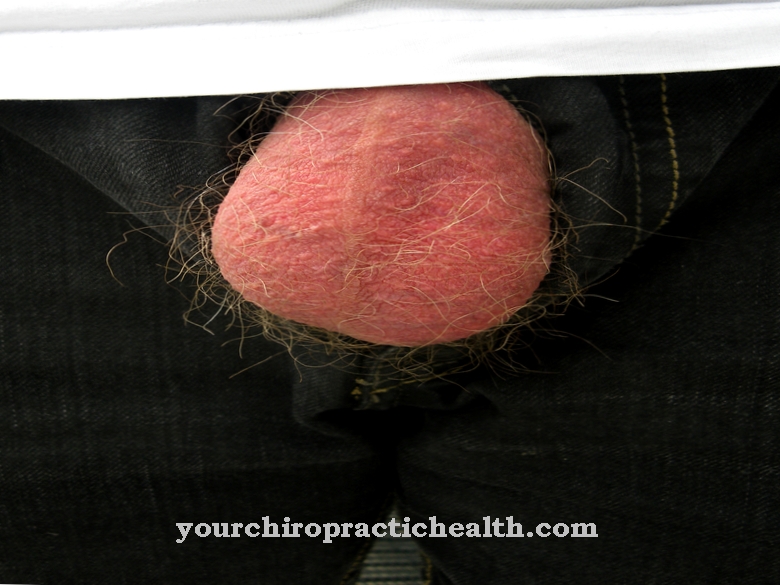
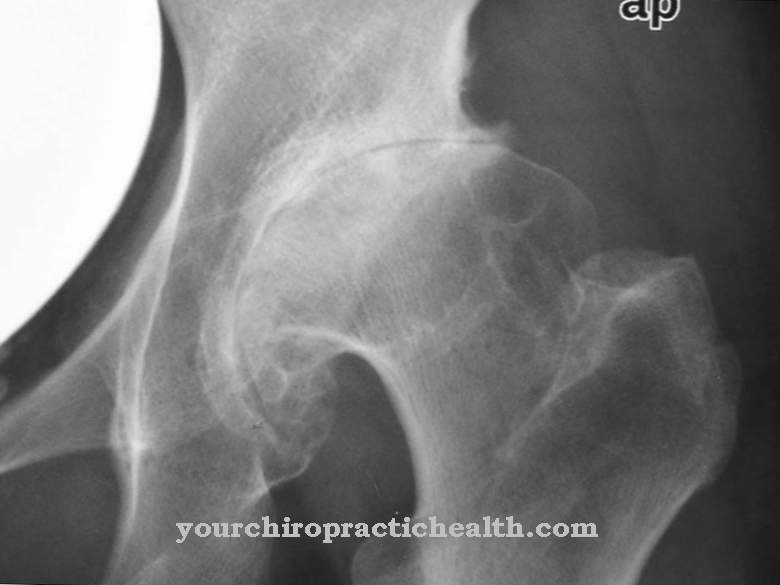

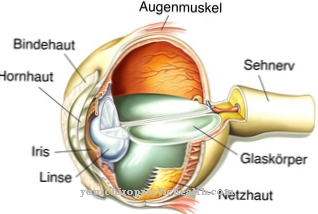
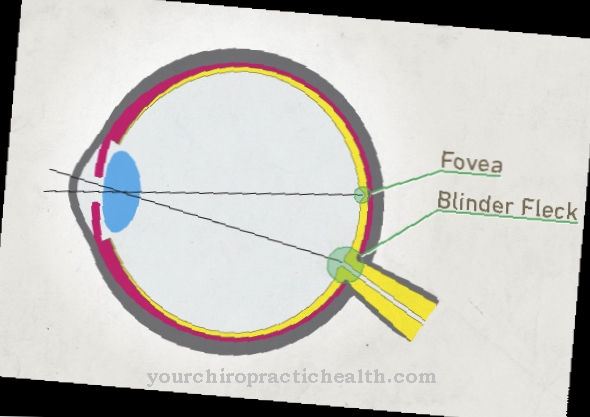
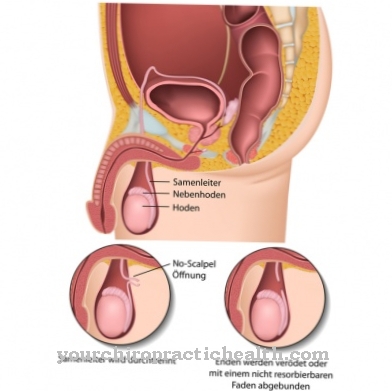





.jpg)



.jpg)










.jpg)
